The highlight of our visit to Dapitan City was our tour of Rizal Park and Shrine (also known as the José Rizal Memorial Protected Landscape), a protected landscape and memorial to the Philippines‘ national hero which preserves the farm site in barrio Talisay where José Rizal was exiled from 1892-1896 (4 years, 13 days and a few hours) after being accused by the Spanish colonial authorities of sedition and plotting the Philippine revolution in Manila. Occupying a hilly peninsula facing the Dapitan Bay, it is located in the seaside barangay of Talisay, about a kilometer northwest from Dapitan city proper.
After his stay at the Casa Real, Rizal was transferred to Talisay, staying in a 24-hectare estate in the seaside barangay Talisay, bordering on Dapitan Bay, which he acquired by purchase. In August 1892, two months after arriving in Dapitan, Rizal together with Gov. Carnicero and Francisco Equilor (a Spaniard living in Dipolog), luckily won the second prize of PhP20,000, via a lotto ticket with the permutation 9736, of the government-owned Reales Loterías Españolas de Filipinas (English: Royal Spanish Lottery of the Philippines).
Rizal’s share was PhP6,200 and he gave PhP2,000 to his father and PhP200 to Jose Ma. Basa, his friend in Hong Kong. His share also financially enabled him to buy (for PHp4,000), on July 17, 1892, the Talisay Estate, a 10-hectare piece of land, from Lucia Pagbangon, enlarging his property to 70 hectares.
In March 1893, Rizal transferred to this place. Later on, his mother Doña Teodora Alonso, his sisters Narcisa, Maria and Trinidad, and nephews Teodosio, Estanislao, Mauricio and Prudencio from Calamba, Laguna came and lived with him in Talisay until 1896. Pio Valenzuela also visited Rizal here, confiding to him about their planned armed revolution and the group’s offer to help Rizal flee Dapitan.
On this land he built three houses and decided to be a farmer, clearing a part of the forest and planting a large number of fruit trees (mangoes, lanzones, guyabano, nangka, macopa, langka, santol, mangosteen, batuno, etc.), 6,000 hemp plants, 1,000 coconut trees, coffee and cacao.
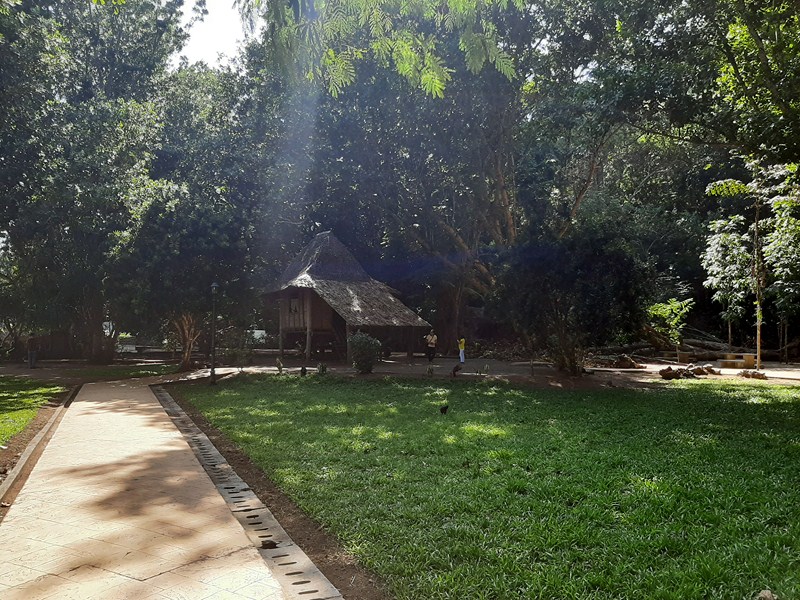 Here, he established a hospital and a school for bright boys (beginning with 3 pupils, it increased to 16 and eventually 21, 16 of which did not pay tuition), collected botanical and zoological specimens (the Draco rizali, a flying dragon; Apogonia rizali, a small beetle and the Rhacophorus rizali, a rare frog, were named after him) for some European museums (especially the Dresden Museum).
Here, he established a hospital and a school for bright boys (beginning with 3 pupils, it increased to 16 and eventually 21, 16 of which did not pay tuition), collected botanical and zoological specimens (the Draco rizali, a flying dragon; Apogonia rizali, a small beetle and the Rhacophorus rizali, a rare frog, were named after him) for some European museums (especially the Dresden Museum).
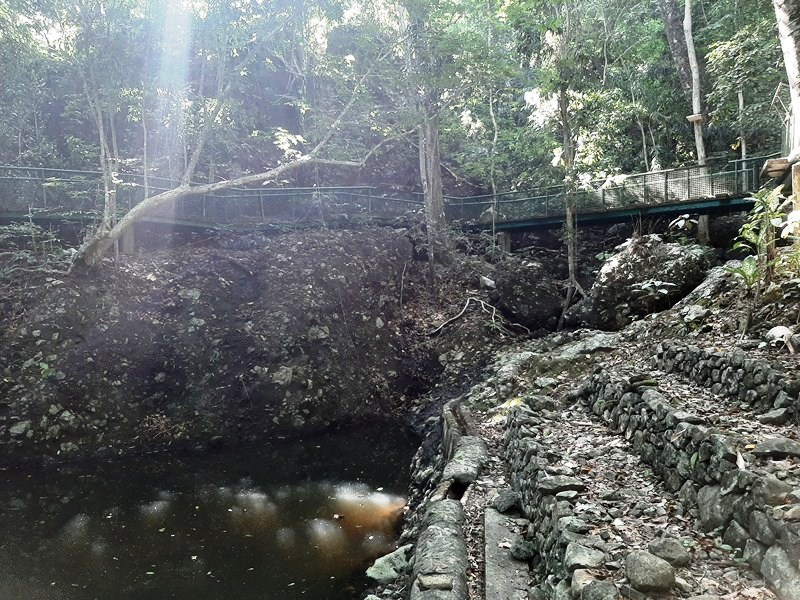 He also gathered 346 shells of 203 species, created sculptures from clay (Oyang Dapitana and Mother’s Revenge), embarked in the business of buying and selling abaca and copra, drained the marshes to get rid of malaria that was infesting Dapitan, and wrote some of his poems, articles and scientific treatises, as well as letters to his family and friends.
He also gathered 346 shells of 203 species, created sculptures from clay (Oyang Dapitana and Mother’s Revenge), embarked in the business of buying and selling abaca and copra, drained the marshes to get rid of malaria that was infesting Dapitan, and wrote some of his poems, articles and scientific treatises, as well as letters to his family and friends.
He also learned, as well as grammatically analyzed and compared, the Subanen, Bisaya and Melayu languages, adding to the 22 languages he already knew (Tagalog, Ilokano, Hebrew, Sanskrit, Dutch, Spanish, Catalan, Latin, Italian Greek, Chinese, English, Japanese, French , Portuguese, German, Swedish, Arabic and Russian).
It was also here that he fell in love with the 18 year old Josephine Bracken (her parents James Bracken and Elizabeth Jane MacBride were both Irish in citizenship), adopted daughter of George (who adopted Josephine after her mother died of childbirth), one of Rizal’s patients. Rizal wrote the poem A Josefina for Josephine.

El Canto del Viajero (“Song of a Traveler”) – a poem by Dr. Jose Rizal written on a pathway. Rizal wrote it upon receiving the acceptance of his offer to go to Europe then to Cuba (then under a revolution) to help in the curing of patients suffering from a raging yellow fever epidemic.
His exile here ended when he departed, on the steamer Espana, for Manila, and eventually Cuba, on July 31, 1896. On the day of his departure, accompanied by Josephine, Narcisa, Angelica (Narcisa’s daughter), his three nephews and six pupils, a marching band solemnly played Frederic Chopin’s dolorous Marche funèbre as Dapitanons turned out en masse to see him off.
On January 15, 1897, after Rizal’s execution on December 30, 1896, Rizal’s properties in Dapitan were confiscated. Don Cosme Borromeo, a good friend of Rizal, was appointed custodian of the confiscated property. After the end of Spanish rule, the Talisay hacienda and home were neglected. However, in 1913, the place was converted into a public park to the memory of Rizal. It was reconstructed during the term of Zamboanga Gov. Jose Aseniero (1925 to 1928), one of Rizal’s brightest pupils.
On September 3, 1940, Commonwealth President Manuel Luis Quezon, through Proclamation No. 616, reserved about 10 hectares (25 acres) of the land in Talisay and turned it into Rizal National Park. On June 19, 1965, by virtue of Republic Act No. 4368, the administration of this shrine was turned over to the National Historical Commission (later National Historical Institute on September 24, 1972) from the National Heroes Commission.
On January 24, 1973, through Presidential Decree No. 105, the Rizal Shrine was then declared by then president Ferdinand E. Marcos as one of the National Shrines. On April 23, 2000, it was enlarged to its present size of 439 hectares (1,080 acres), with a buffer zone of 15 hectares (37 acres) and was declared, through Proclamation No. 279, as a protected landscape under the National Integrated Protected Areas System.
The park has a collection of five reconstructed houses of bamboo and nipa, originally built by José Rizal, as well as other auxiliary structures, all in their original location.
Casa Residencia, the faithfully reconstructed (in 1960) main house of Rizal, is the biggest structure in the place. Rectangular in shape, it is made of bamboo, wood, nipa and palma brava leaves and is located at the foot of a verdant hill studded with baluno (Mangifera caesia) and bitaong (Callophylum inophylum) trees.
The house had three verandas (front and sides) with views of the Dapitan Bay, a main room (8 sq. yards), a lone bedroom (with a replica of Rizal’s bed made of narra with intricate carvings) and a wooden staircase leading to the main house.
Hanging on the walls are framed photos of Rizal’s relatives, friends (including Fernando Blumentritt) and acquaintances as well as pictures of relics he or his relatives owned and used (including a hankerchief and a pin cushion of his sister, Saturnina). A comfort room, at the rear, is accessible by a bridge.
Jose and Josephine Bracken lived as husband and wife. Jose’s mother, sisters Maria, Trinidad and Narcisa, and niece Angelica also stayed here during their visits and Jose asked his family to accept her as one of their own.
The Cocina (outdoor kitchen), located to the left and a little lower than the main house, is about 14 ft. by 10 ft. and its walls are open from the waist up. With thatched roofing and open walls for ventilation, it features a traditional banggerahan (scullery) and kalan (firewood-fueled clay stove).
Casa Cuadrada (Square House), at the base of the hill, towards Rizal’s clinic, is about 14 by 14 ft. and doubled as a secondary dormitory for Rizal’s students.
The area underneath the hut served as vocational workshop where Rizal taught his students (2 – 4 PM) carpentry, Math, English, and Spanish. In turn, during recess, his students helped him with farming, feeding the chickens, building fires to drive away insects, pruning fruit trees and manuring the soil. Outside class hours, students had gymnastics, boxing, wrestling, stone- throwing, swimming, arnis and boating.
The Casa Redonda, an octagonal stilt house which served as the pupil’s quarters, was later converted to a clinic where Rizal operated on George Taufer, Josephine Bracken’s foster father.
It was also here where he removed his mother’s cataracts. The house is 16 ft. wide, 16 ft. long and 7 ft. high.
The hexagonal Casa Redonda Pequaña, on the right of the main house, served as a chicken house that can accommodate a few dozen chickens.
The Casitas Hospitales (or Casitas de Salud) are two structures (one each for male and female) huts perched atop a low hill originally intended as tea houses but later converted into clinics to each accommodate 2 patients from far flung municipalities. Each has a floor area of 70 sq. ft..
The aqueduct system or lagoon, cutting across the shrine, feeds a water reservoir connected by bamboo tubes to the kitchen and lavatory. It is 110 m. long and has inclined walls about 2.5 m. deep. As a perito agrimensor (expert surveyor), Rizal applied his engineering knowledge by constructing this system of waterworks in 1895 with the help of his pupils. The water system provided adequate and year-round water supply for Rizal‘s farm and household needs.
It connects to the still existing and original dam where Rizal gave swimming lessons to his students. Accessed by a long flight of cemented steps, its top has a bust of Don Ricardo Carnicero and his wife. Near the dam is a four by 2.5-m. concrete water reservoir built in 1968.
Mi Retiro Rock, a natural heart-shaped rock reclaimed from the sea and set in an artificial lagoon, is where Rizal scribbled the beautiful poem Mi Retiro (A Mi Madre) which described his place of exile as a tranquil haven from political persecution, and the song Himmne a Talisay (Hymn to Talisay) written for his pupils and paying tribute to individual excellence and holistic education.
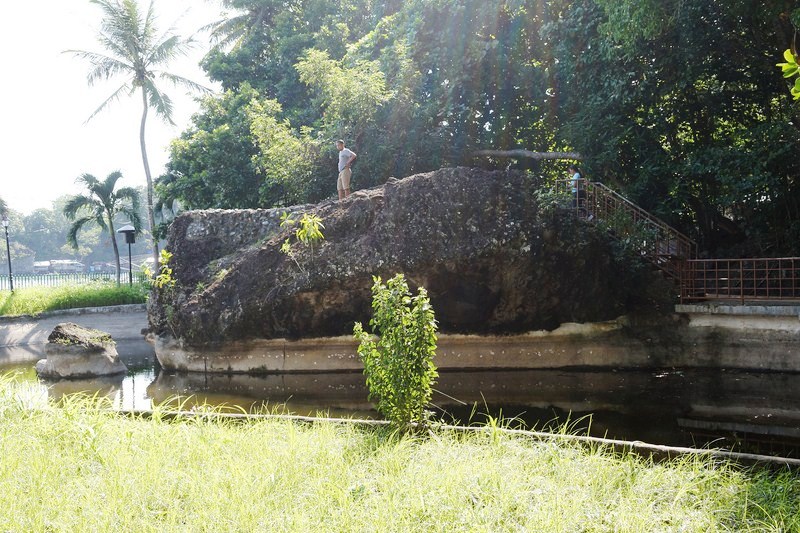
Rizal exchanged commitment vows with Josephine Bracken at Mi Retiro Rock. Rizal also spent many hours watching the sunset here.
Because they could not be married under the Catholic Church (Fr. Antonio Obach refused to marry them without the permission of the Bishop of Cebu), this is also where he exchanged commitment vows with Josephine Bracken. Rizal also spent many hours watching the sunset here. It is also called Batong Lumayag because it appears to be afloat during high tide.
A 500-seat, semicircular and open-air amphitheater, built in 1978 by the city government from funds from the office of the Regional Commissioner headed by Rear Admiral Romulo M. Espaldon (Minister for Muslim Affairs), is located beyond Mi Retiro Rock. Situated at the slope of a hill, it is 20 m.long and has eight elevated steps. Lectures about the life of Rizal are conducted here, usually by the curator.
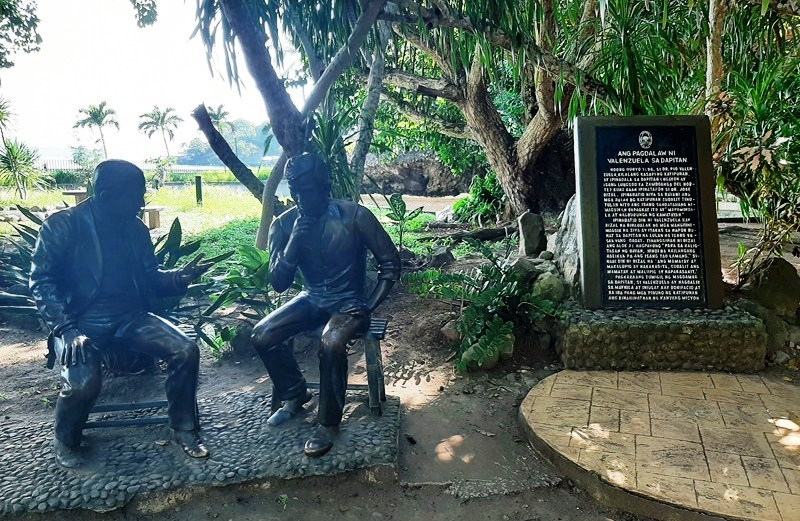
Visit of Pio Valenzuela to Dapitan (Julie Lluch). Pio was the emissary sent by Andres Bonifacio to Dapitan to inform Rizal of the plan of Katipunan during the meeting at a little river called Bitukang Manok. Valenzuela arrived in Dapitan on board the steamer Venus with Raymundo Mata, a blind man who came with Valenzuela to camouflage his mission. Rizal objected to Bonifacio’s project because the people were not ready for a revolution and arms and funds must first be collected before raising the cry of revolution..
Strategically located within the sprawling shrine are Julie Lluch’s beautiful life-size brass sculptures, all unveiled on June 19, 2016 (the 155th birth anniversary of Rizal), depicting José Rizal as traveler, Rizal and Pio Valenzuela in a huddle, and Josephine Bracken.
The Museo ni Jose Rizal, an addition to the shrine, was built in 1971. Located at the foot of a hill, near the shrine’s main gate, it houses all Rizaliana books, periodicals and other historical exhibits. Part of the building serves as the office of the Rizal Shrine Curator. The shrine is administered and maintained by the National Historical Institute (NHI).
Check out “Museo ni Jose Rizal“
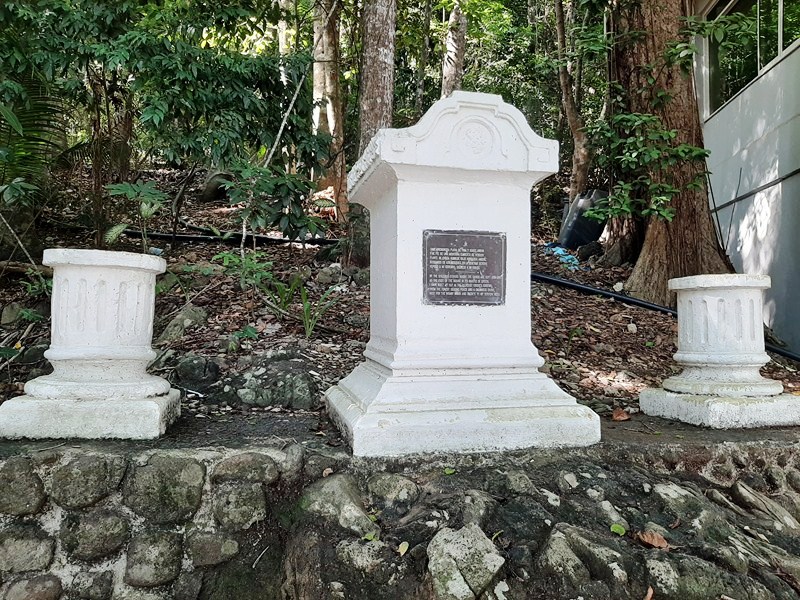
Masonic structures and symbols, beside the museum, dedicated to Rizal. Rizal was a prominent member of Masonry.
Members of organizations dedicated to the promotion of Rizal’s ideals (Knights of Rizal, Kababaihang Rizalista, Kabataang Pangarap ni Rizal, Kingdom of God Inc., etc.) live in a community atop the hill of the Rizal Shrine.
Rizal Park and Shrine: Brgy. Talisay, Dapitan City, Zamboanga del Norte. Open daily, 8 AM to 5 PM (The Museo ni Jose Rizal is closed on Mondays). Admission is free.
How to Get There: The protected landscape and memorial is located some 9 kms. (5.6 mi.) north of the Dipolog Airport. It is accessible via the Dipolog–Oroquieta National Road and Jose Rizal Avenue in Dapitan.

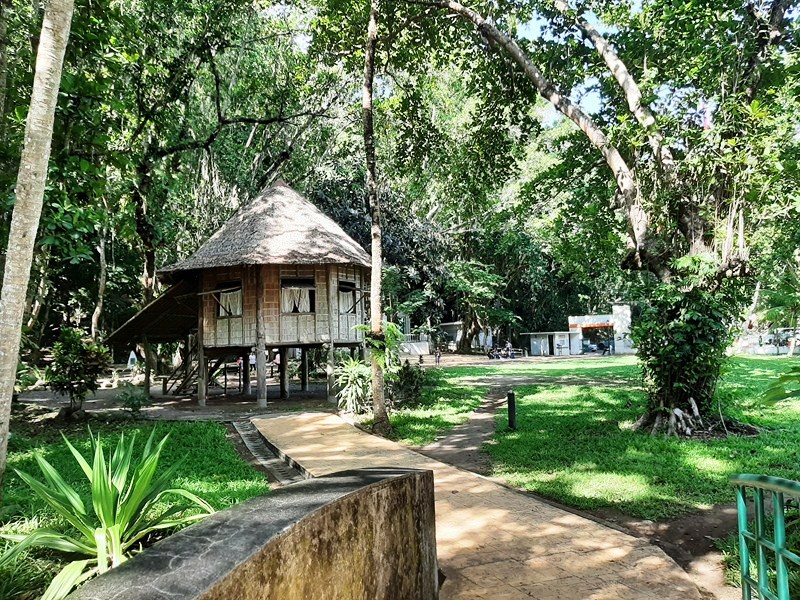
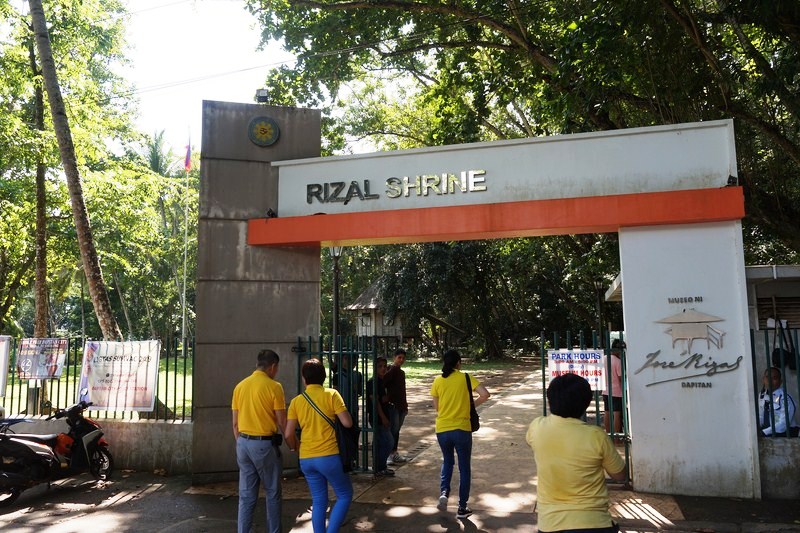
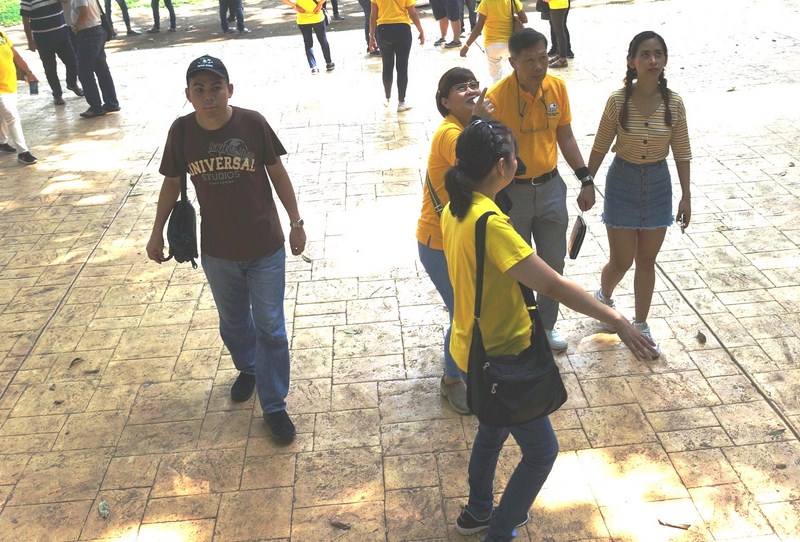

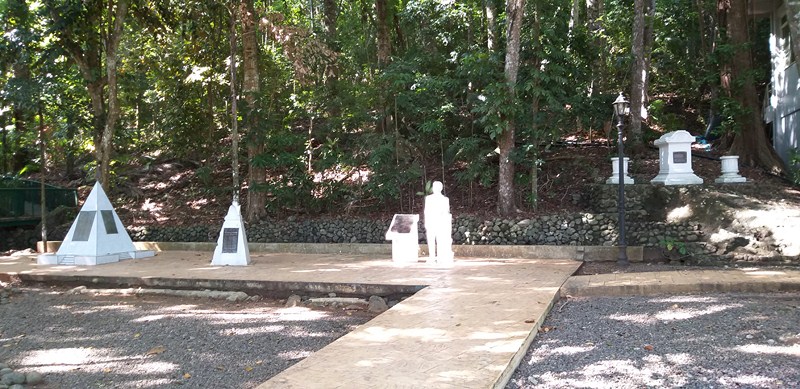
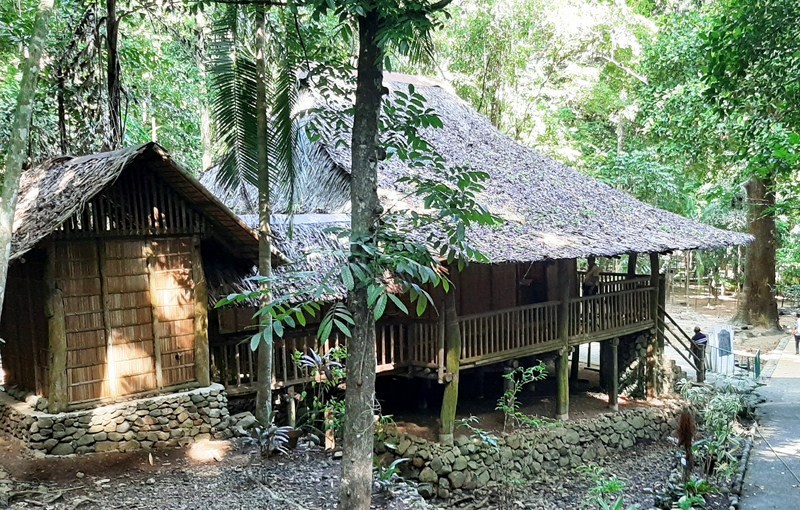
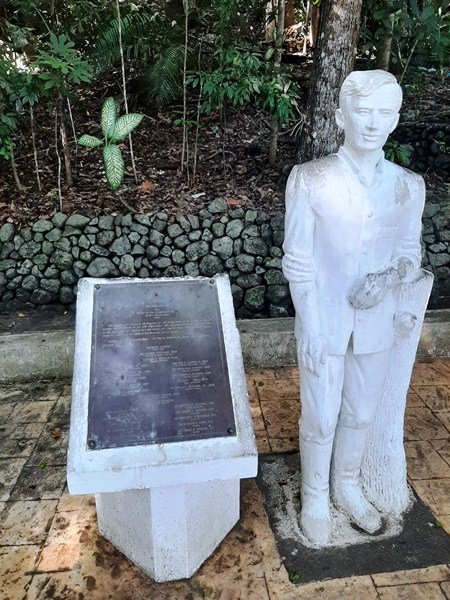

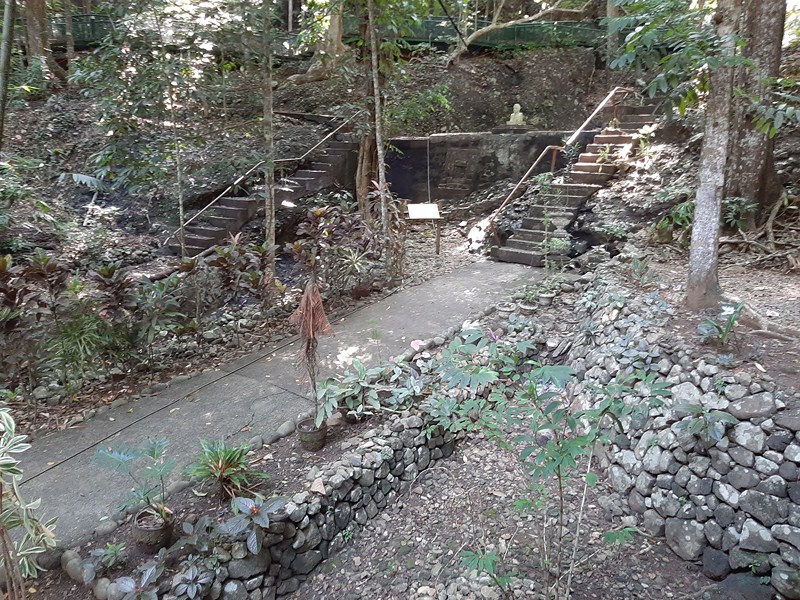
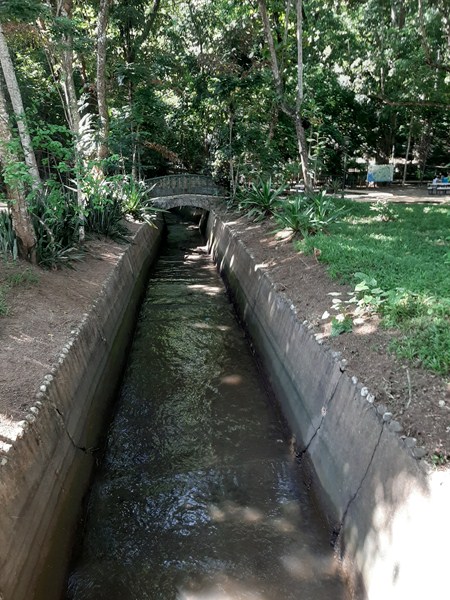

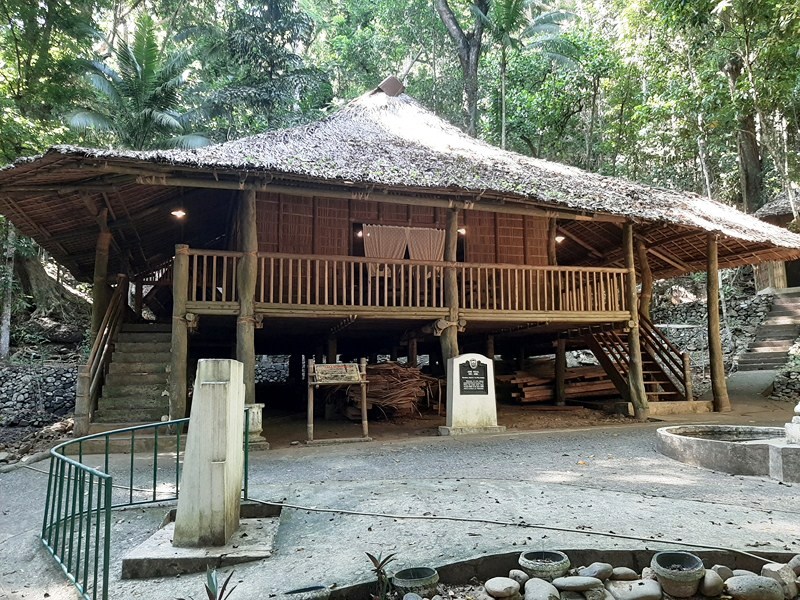
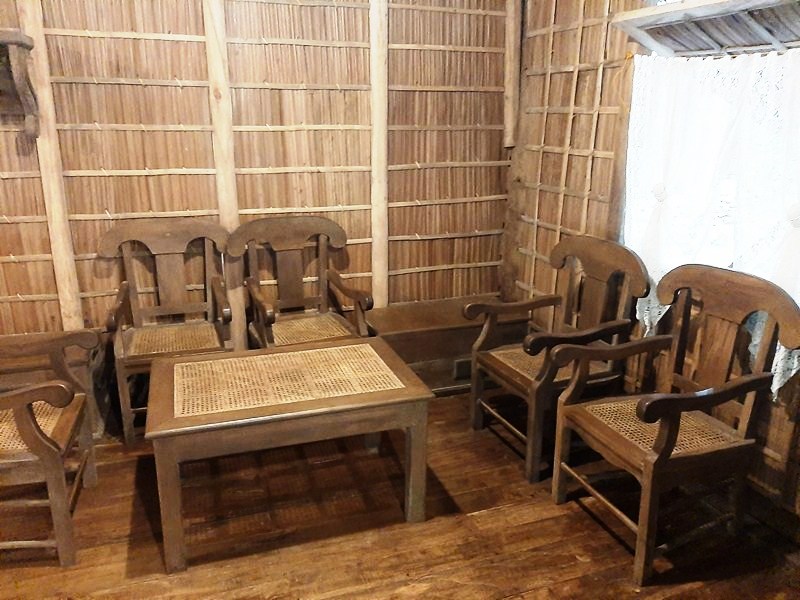
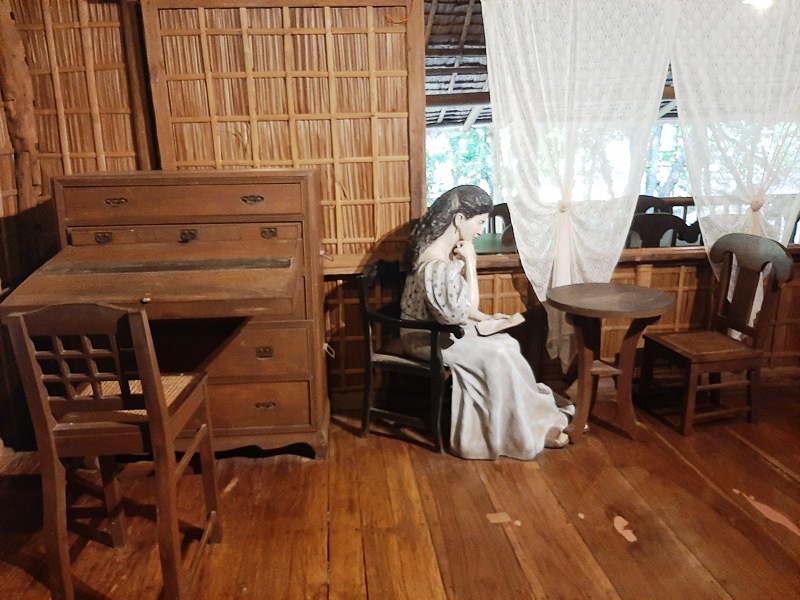
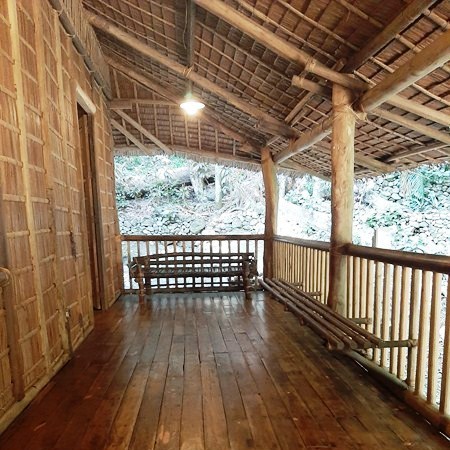
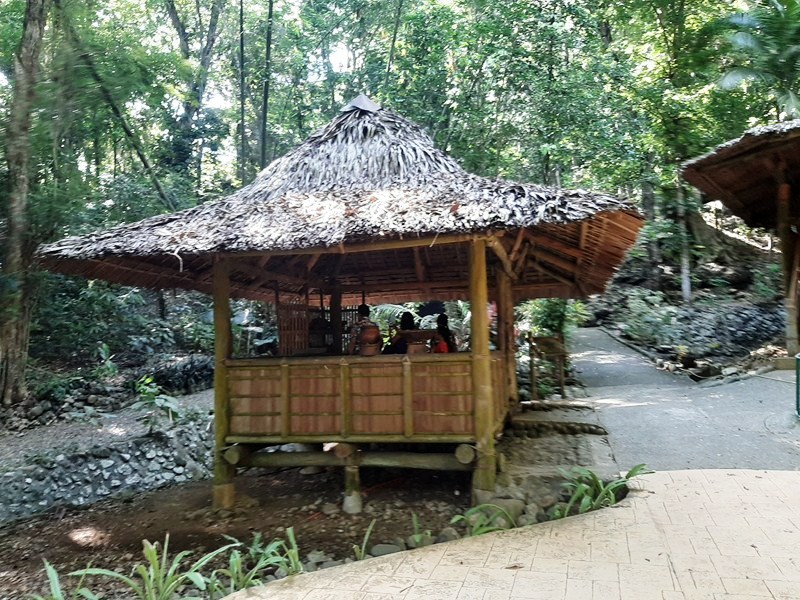
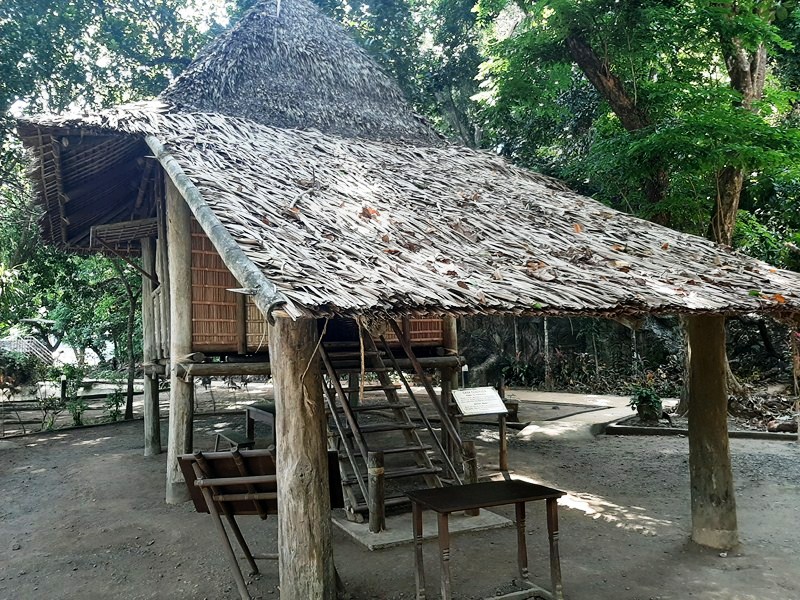
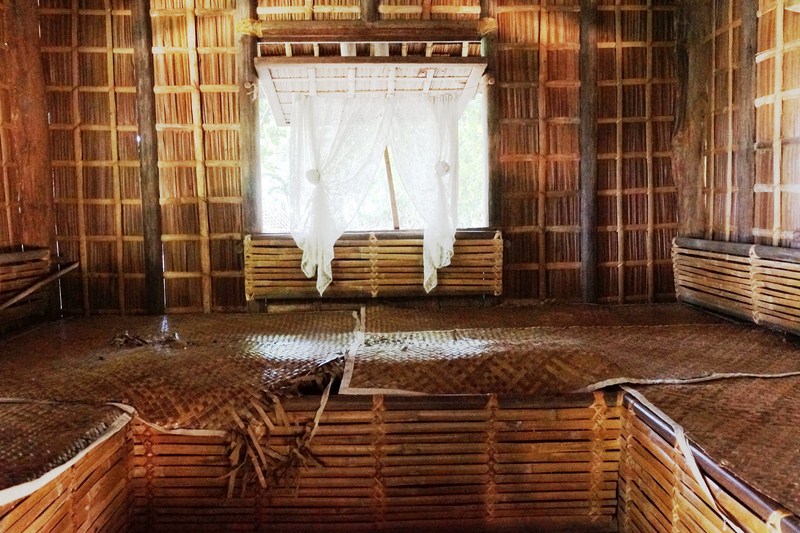
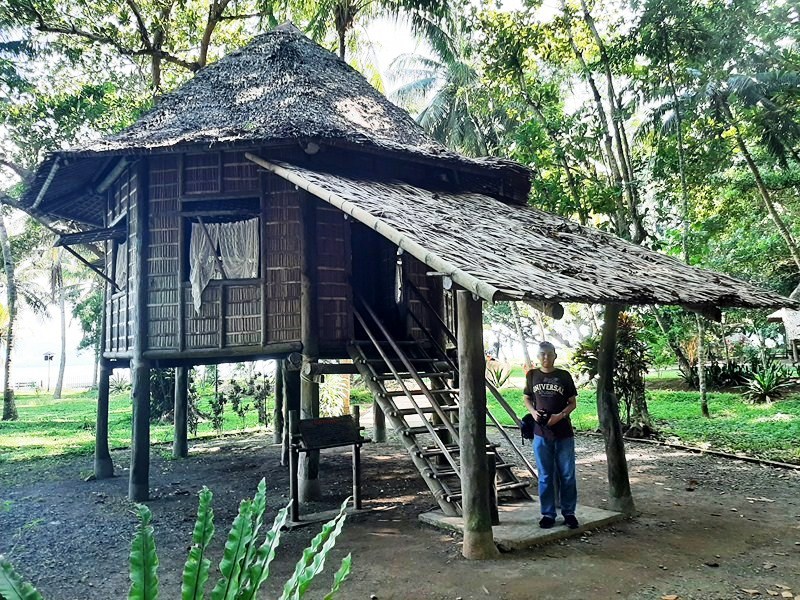
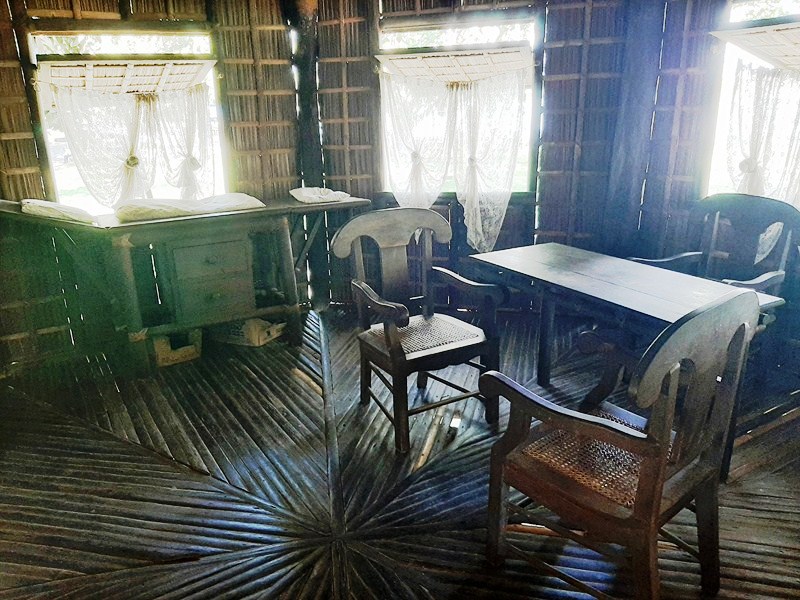
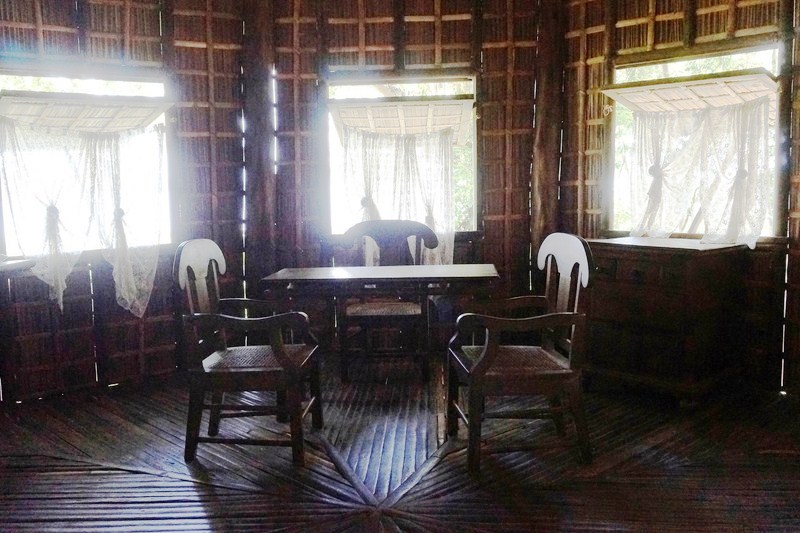
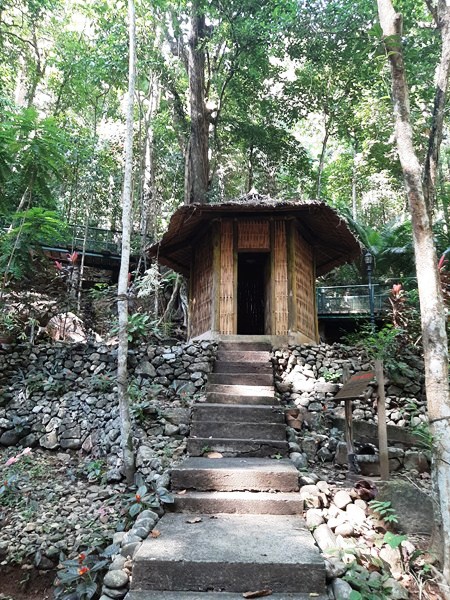
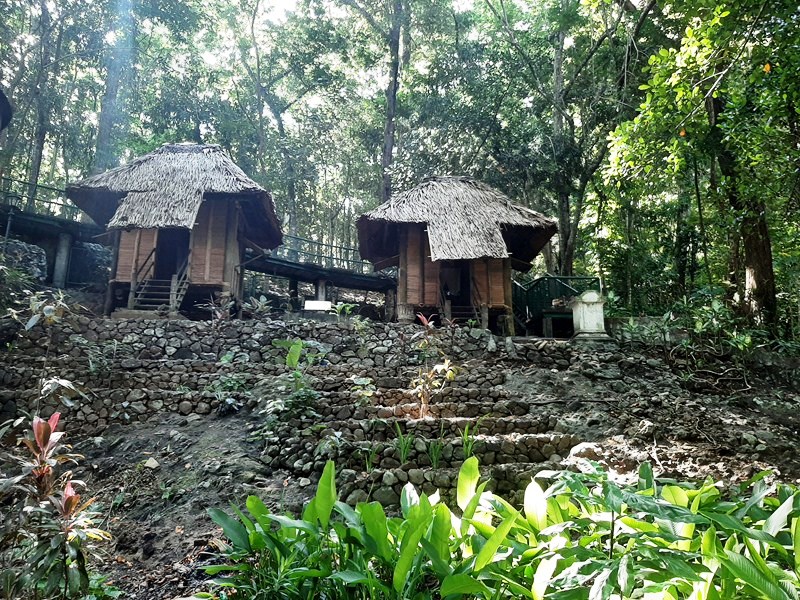
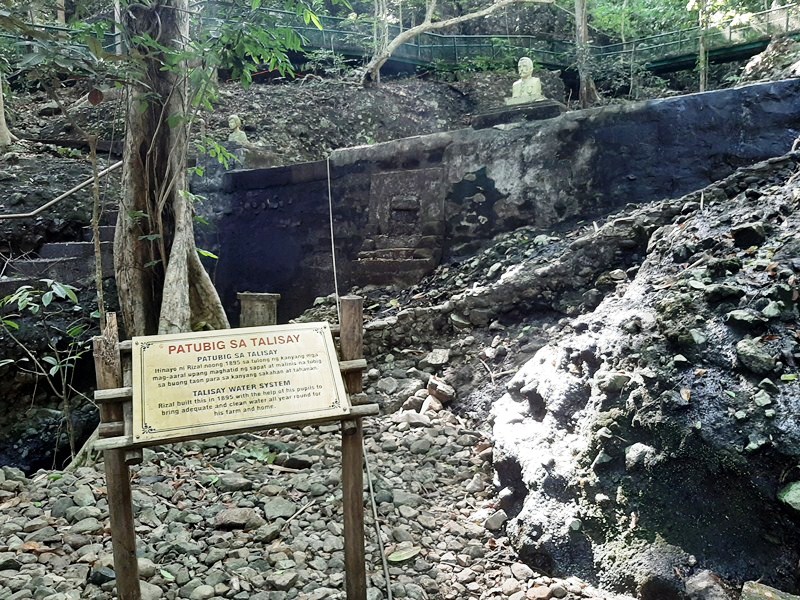
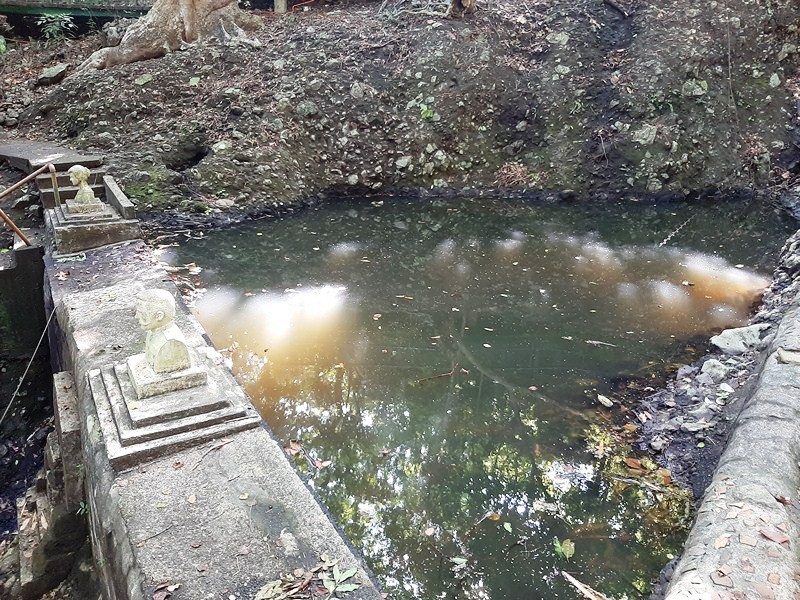
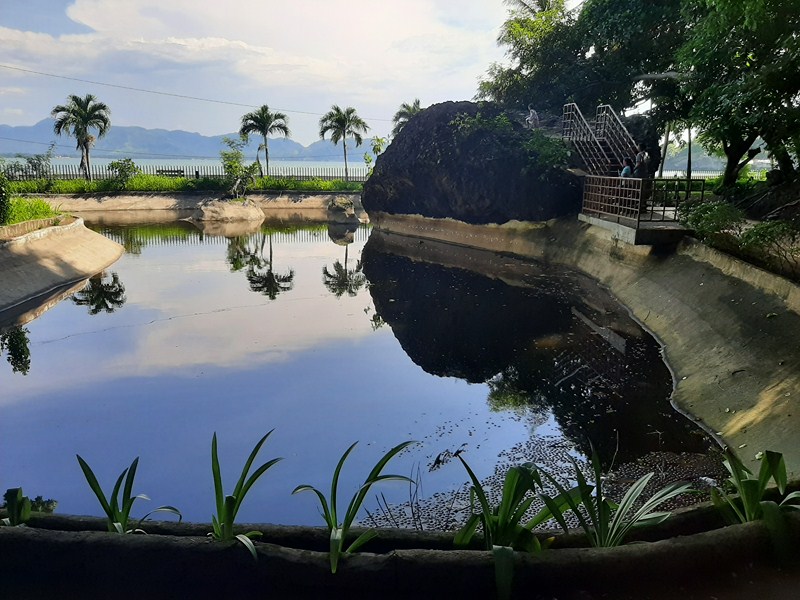
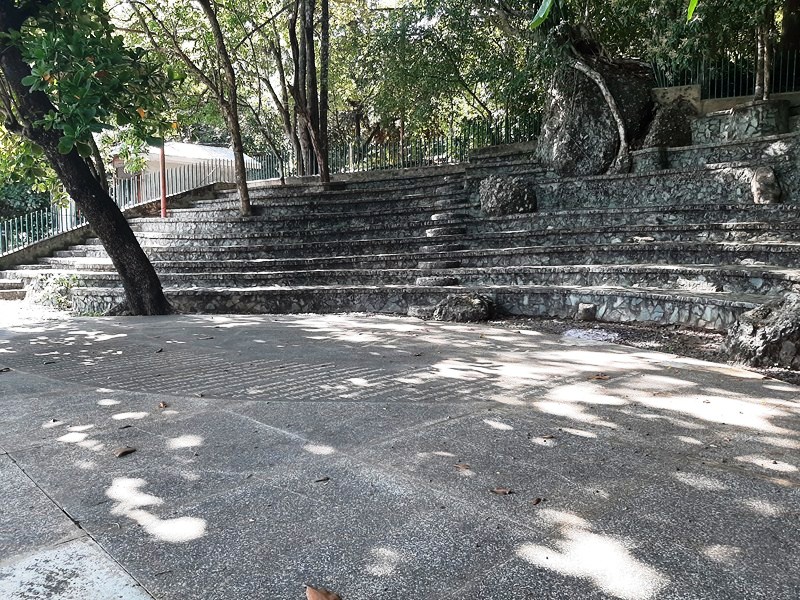
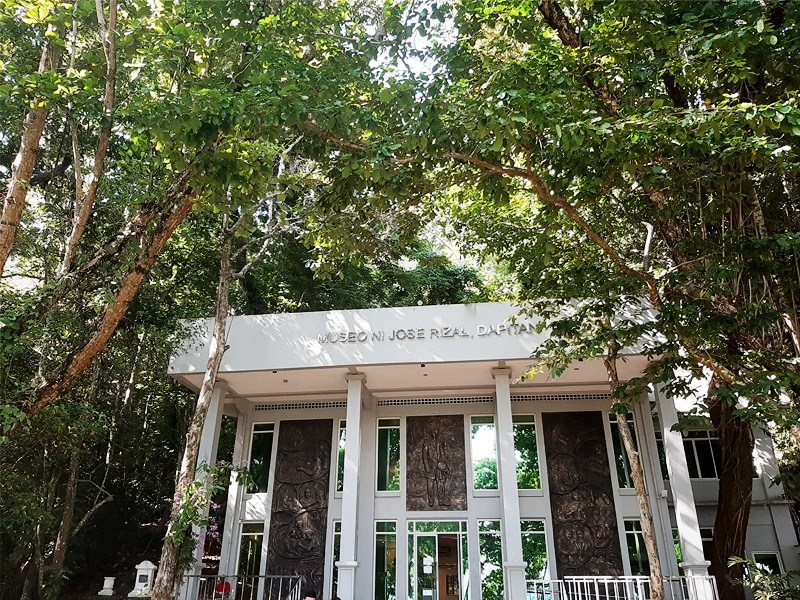
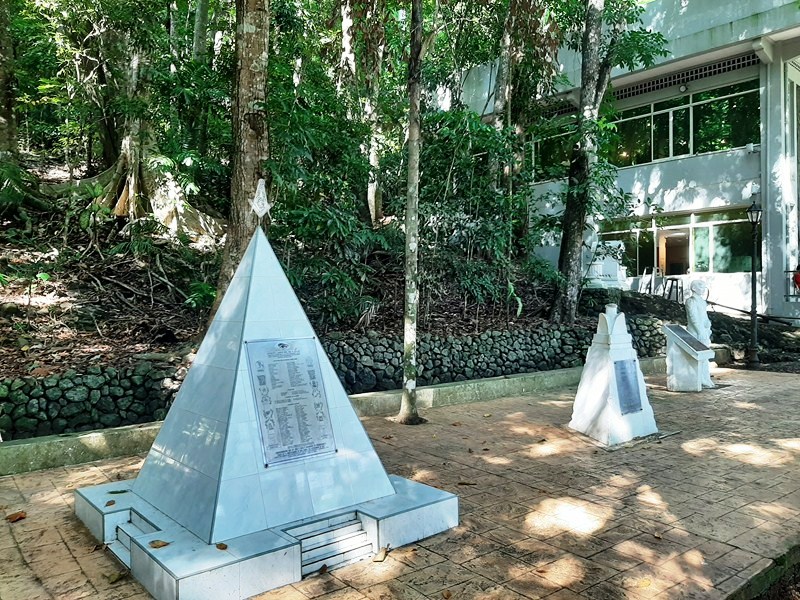
Pingback: Museo ni Jose Rizal (Dapitan City, Zamboanga del Norte – B.L.A.S.T. – Live Life to the Fullest ……… Don't Stay Put
Pingback: Dapitan City Plaza (Zamboanga del Norte) – B.L.A.S.T. – Live Life to the Fullest ……… Don't Stay Put
Pingback: Rizal Disembarkation Site (Dapitan City, Zamboanga del Norte) – B.L.A.S.T. – Live Life to the Fullest ……… Don't Stay Put
Nice app to download